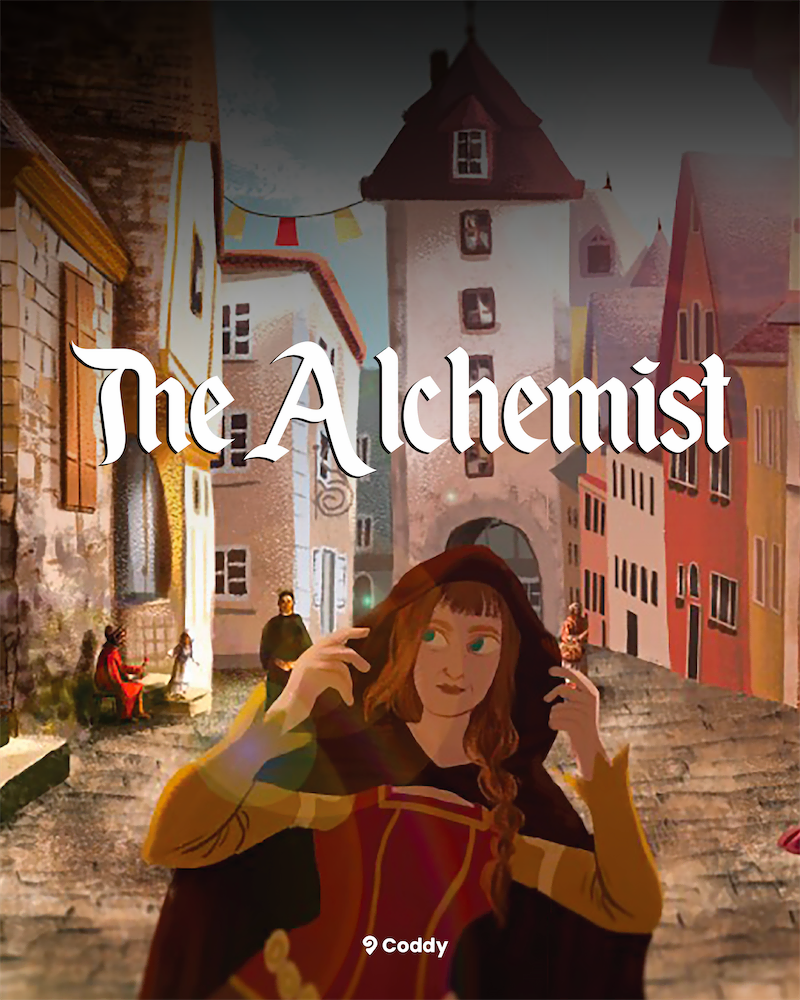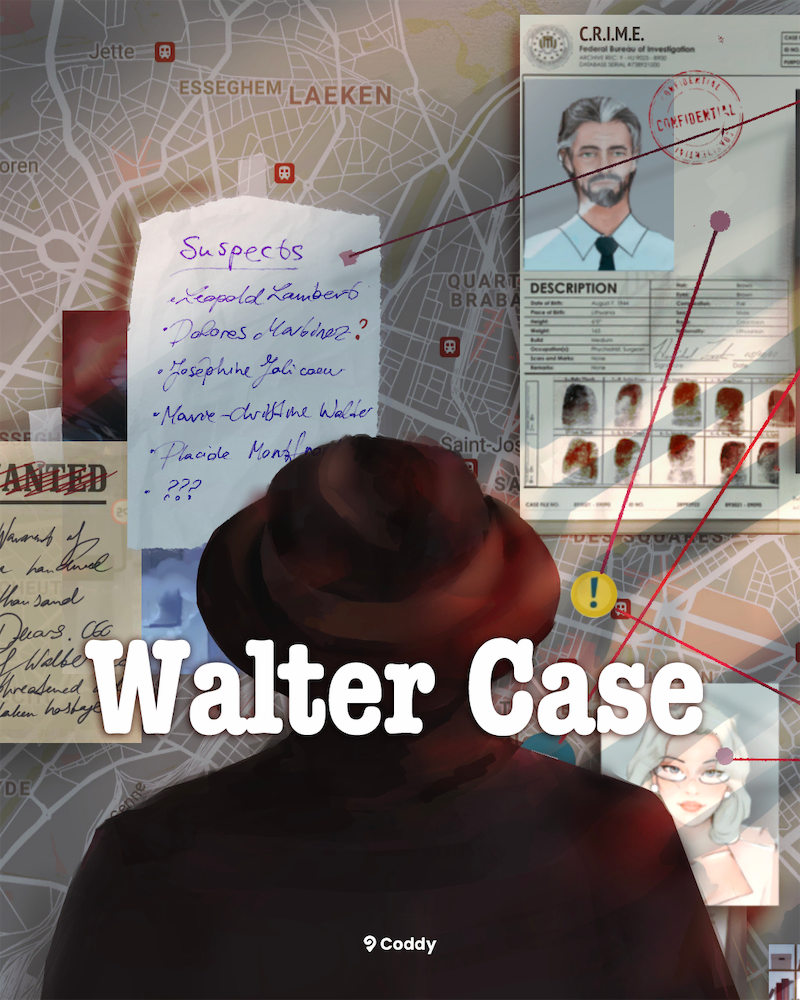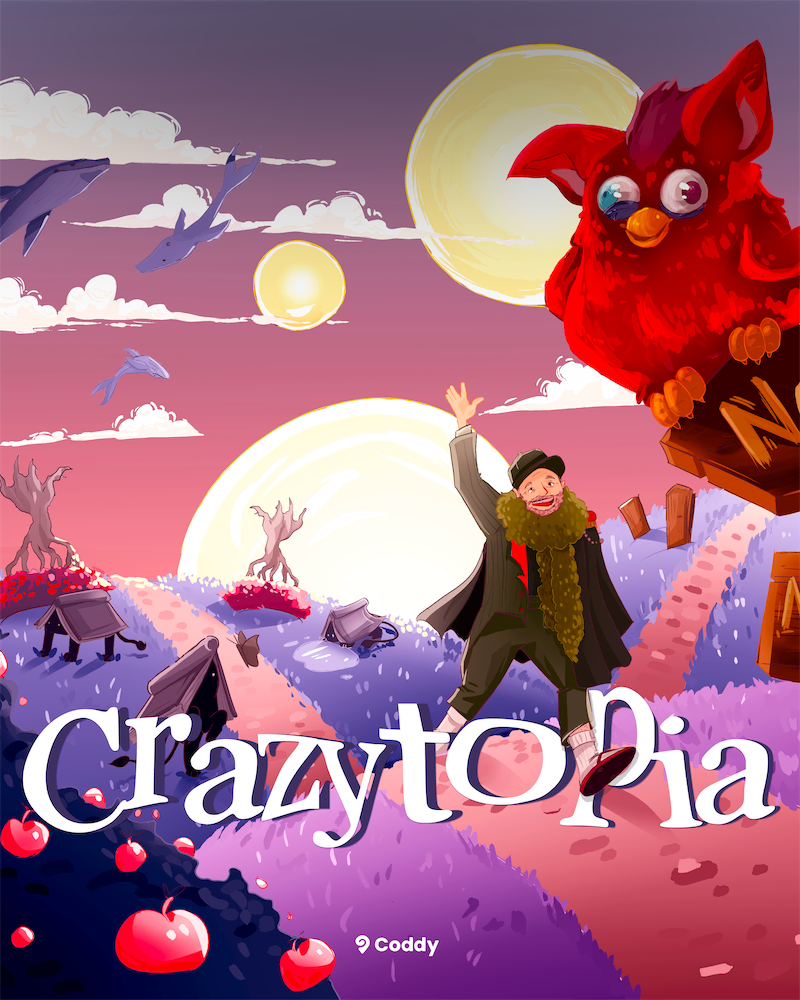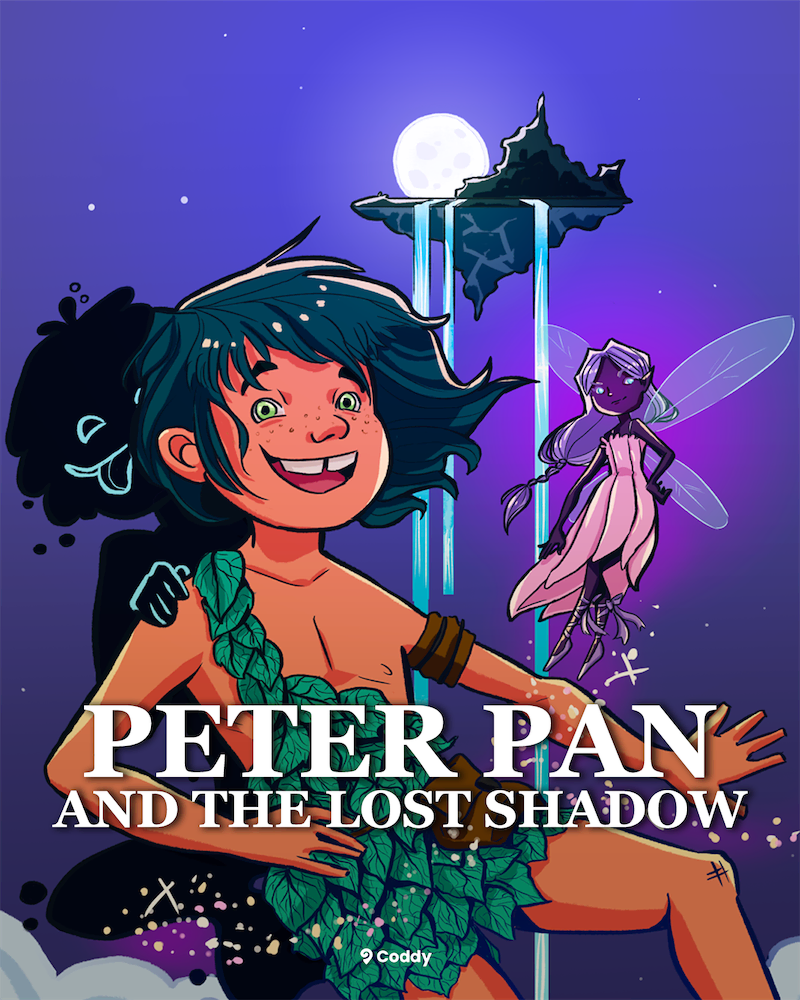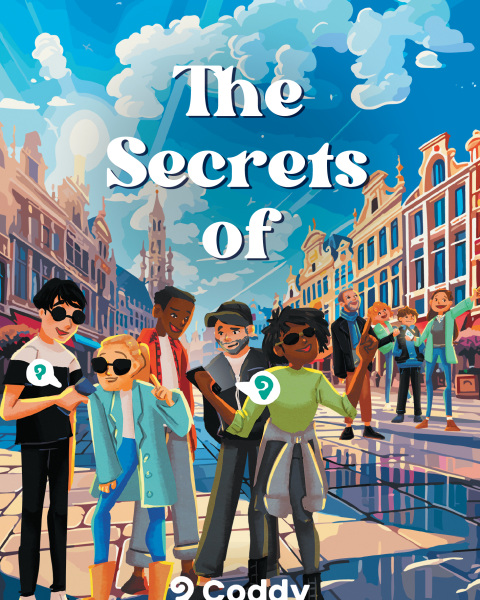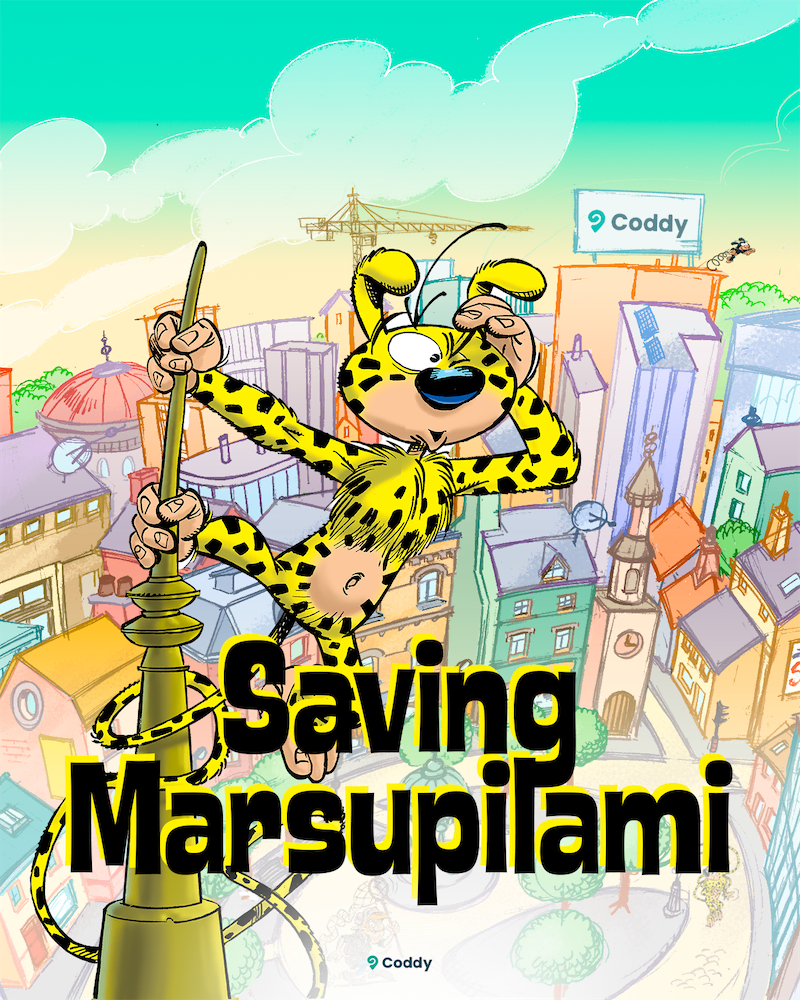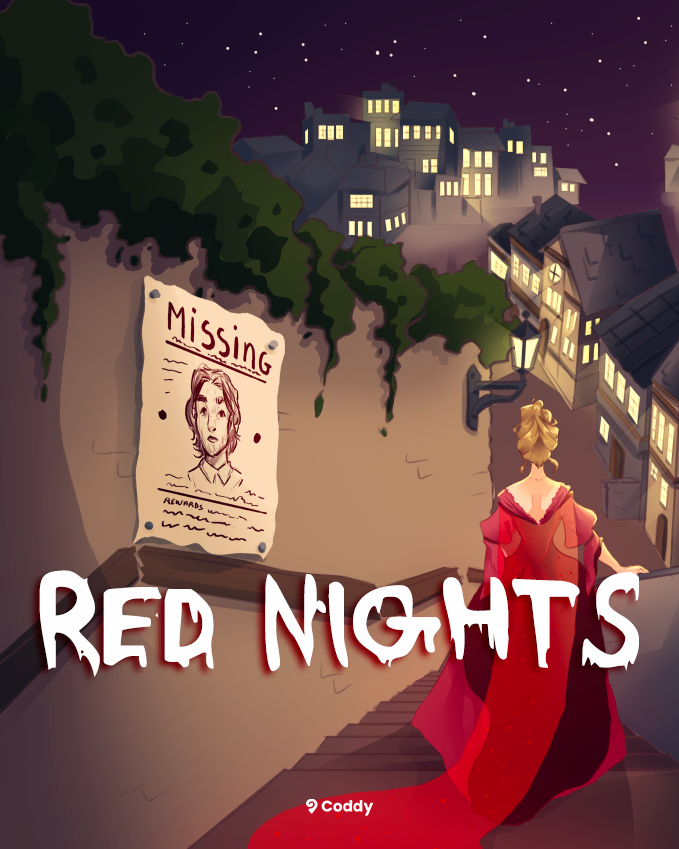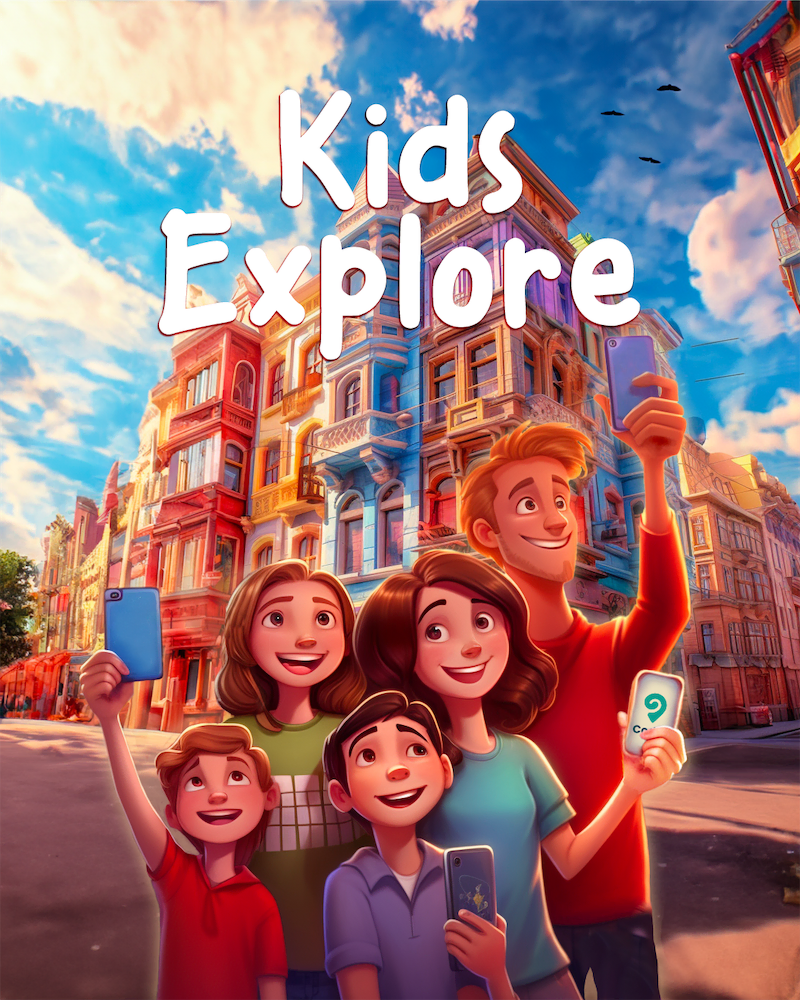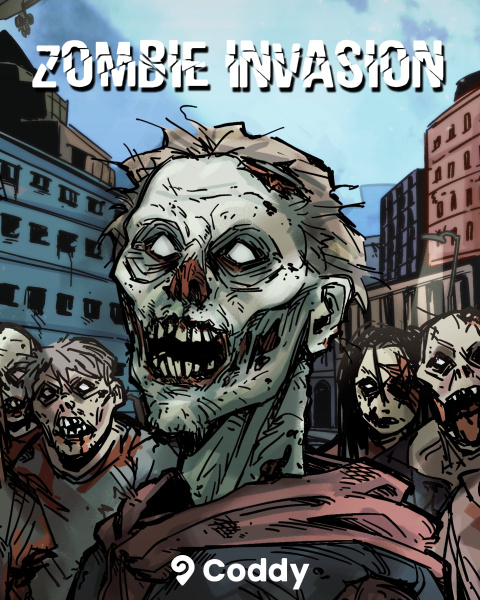Visit Brussels in 3 days
24 must-see POIs, optimized routes and anecdotes.
Loading map...
You will visit the most beautiful points of interest in Brussels











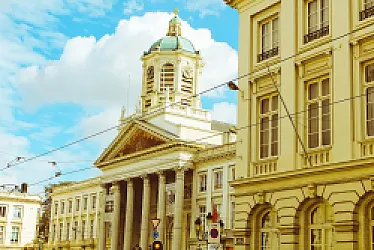

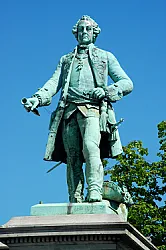










Brussels in 3 Days: The Unexpected Charm of the European Capital
Brussels seized me from the first alley. There is something magnetic here, a city that whispers “capital of Europe” at every stone corner. Some say it's overrated, but to me it's a discreet treasure. I wandered there in a fine rain, light-hearted, and I understood why people always return.
Why visit Brussels? Because the city brings worlds together. You'll find baroque façades, cafés that smell of hot chocolate, and squares that echo with conversations in many languages. In 3 days in Brussels, you'll taste crispy fries, hear the bells of the Royal Palace of Brussels, and gladly lose yourself among the shelves of the Librairies des Tropismes. The Monument to General Thys will give you a shiver of history, while the National Bank of Belgium impresses with its austere presence. Here you see, taste, listen, and marvel.
Planning can quickly become overwhelming. There is so much to see in Brussels that one could stay for weeks. If you're coming to Brussels for the first time, you may want to do everything at once. I know that impatience. I've also tried to cram too much into a single day. That's why this 3-day Brussels itinerary is designed to maximize without wearing you out. It covers monuments, architecture, offbeat spots and theatres like the Théâtre Royal du Parc, while leaving room to stroll.
Essential tip: favor a relaxed pace. Don't try to check off every address at top speed. By slowing down, you'll better enjoy architectural details and hidden cafés. This approach avoids the crowds at peak times, lets you step into a bookstore like the Librairies des Tropismes, and allows you to feel the city rather than consume it. Now, let's dive into the itinerary!

Mini Practical Guide to Brussels
Where to stay:
- Royal Quarter / Park: close to the Royal Palace and the Théâtre Royal du Parc, ideal for cultural outings.
- Sablon: rooms near chocolatiers and antique dealers, perfect for strolling after visiting the National Bank of Belgium.
- Ixelles (near the Tropismes): atmosphere of independent bookstores and cafés, convenient for quiet evenings.
When to visit:
- Spring–summer to visit some rooms of the Royal Palace for free and enjoy the Sablon terraces.
- Weekday mornings for the National Bank of Belgium and the Librairies des Tropismes, with shorter queues.
- Theatre evenings (check the Théâtre Royal du Parc schedule) for a local experience in French/Dutch.
What to do:
- Photograph the Monument to General Thys at sunset for the stonework and urban setting.
- Visit the National Bank of Belgium: façade and temporary exhibitions on monetary history.
- Spend an hour at the Librairies des Tropismes: local guides, comics and bilingual literature.
- See a play at the Théâtre Royal du Parc and finish with a walk toward the illuminated Royal Palace.
- Book the interactive tours La Story Nostalgie or Kids Explore: Brussels according to your interests/family.
Don't forget:
- Buy a STIB/MIVB ticket or MOBIB card for tram/bus; many attractions are easy to reach.
- Take time for artisanal chocolatiers and comic murals: Brussels is best discovered on foot.
Day 1 - Brussels
8 POIs to discoverDay 1 - Morning à Brussels
5 Points of interest - Duration : 3h15 - Distance : 1.5 km - Walking : 0h19
Théâtre Royal de Toone
- The Théâtre royal de Toone is a puppet theater in Brussels.
- It was created in 1830 and remains a popular place of entertainment.
- Puppets appeared after the closure of theaters by Philip II of Spain.
- In fact, this type of theater allows great freedom of tone and does not require many resources.
- The puppet repertoire is borrowed from popular legends and stories of chivalry.
- Nine showmen have succeeded each other in the Toone dynasty.
- The transmission is not necessarily from father to son: the new "Toone" must be adopted by both his predecessor and his popular audience.
- The Toone Theater also houses an estaminet and a museum of Brussels puppets.

House of the Dukes of Brabant
- The House of the Dukes of Brabant is a collection of seven classic Baroque houses The houses bear names such as "La Renommée", "La Fortune" and "La Bourse".
- The houses were destroyed during the bombardment of Brussels in 1695 and rebuilt to plans by architect Guillaume de Bruyn.
- Craft guilds were housed in the House of the Dukes of Brabant until the guilds were abolished during the French Revolution The "House" is adorned at the base of the pilasters with 19 busts of Dukes of Brabant and other rulers of this country, including: Jean IV de Brabant, Philippe de Brabant, Charles le Téméraire, Marie de Bourgogne, Charles Quint, Philippe roi d'Espagne.

Carrefour de l'Europe
- Brussels-Central station is Belgium's second busiest, with almost 63,000 passengers a day.
- The building's design was entrusted to Victor Horta and Maxime Brunfaut.
- On the ceiling of one of the square's passageways is a huge mural of the Smurfs, the creator of which was Belgian.
- On the mural you can see these blue creatures reproducing the best of Belgian culture!

Charles Buls fountain
- The Fontaine Charles Buls monument was erected as a tribute to Charles Buls, mayor of Brussels from 1881 to 1899, and a great advocate of the arts and Brussels' heritage.
- The fountain was inaugurated in 1987, marking the 150th anniversary of Charles Buls' (1837-1914) birth.
- In 2019, the fountain could not be turned on because the basin had too many cracks, leading to discussions about performing extensive restoration on it.
- Charles Buls is depicted sitting on a stone bench surrounding the fountain while a dog plays, biting the sleeve of his coat, which is a likely reference to the policy Buls implemented against street dogs at the end of the 19th century.

Place Poelaert
- The square came to be as a result of major works that started in 1867. The initial development project, planned as a large semi-circular square, could not be fully realized due to the sudden death of architect Joseph Poelaert.
- The Palace of Justice opened in 1883.
- It has been under renovation since 1984.
- The restoration campaign has fallen so far behind schedule that the scaffolding installed in 2005 has itself had to undergo restoration.
- The square features notable monuments such as the National Monument to the Belgian Infantry and Monument to British soldiers.
Day 1 - Afternoon à Brussels
3 Points of interest - Duration : 3h00 - Distance : 0.6 km - Walking : 0h07
Tropismes Bookshop
- Tropismes is a French-language general bookshop focusing on literature, humanities, fine arts and children's books.
- Located in the Galeries Saint-Hubert since 1984, it occupies the former Belgian jazz venue "Blue Note".
- In 1992, the cellars were refurbished to accommodate more books.
- The Tropismes Jeunesse and comics departments moved to Galerie des Princes #4.
- The humanities have expanded to include books on ecology, the environment, geography, economics and management.
- The basement features art, music and film departments, as well as a relaxation area with a garden and fountain.

Museum of original figurines
- The Brussels Comics Figurines Museum, formerly known as the museum of original figurines or MOOF, is a private Belgian museum dedicated to the 9th art The museum exhibits original figurines, plates and drawings, as well as comic book collectibles.
- It houses a collection unique in Europe, showcasing the heroes of Belgian and European comics.
- The museum's sets are created by young Brussels artists and students.
- A statue of a five-meter-high White Smurf weighing almost nine tons stands in front of the gallery.

Jeanneke Pis
- The Jeanneke-Pis is a statue of a little girl urinating.
- She is the sister of the Manneken-Pis.
- The bronze statue is about 50 cm high and depicts a naked, squatting little girl.
- Created in 1985 by Denis-Adrien Debouvrie, the statue was unveiled to the public in 1987.
- According to legend, throwing coins into the Jeanneke-Pis fountain is traditional to show affection for a loved one.
- The money collected is used for medical research and helping the needy in Belgium.
- The Jeanneke-Pis is one of Brussels' many iconic statues, alongside the Manneken-Pis (her "brother") and the Zinneke-Pis (a dog).
Day 2 - Brussels
8 POIs to discoverDay 2 - Morning à Brussels
5 Points of interest - Duration : 3h30 - Distance : 1.4 km - Walking : 0h18
Fontainas Square
- � The square is named after André-Napoléon Fontainas, former burgomaster of Brussels.
- It occupies the site of the Petite Ile, formed by two arms of the Senne.
- It is part of the central boulevards laid out in 1867-1871 by architect Léon-Pierre Suys.
- Suys planned to erect a monumental fountain here in his 1865 project.
- On the east side of the square, some houses retain their café canopies, such as the Moeder Lambic Beer Bar.

Saint Catherine Church
- Brussels' Sainte-Catherine church was built between 1854 and 1874, replacing an earlier 15th-century edifice.
- Its design was entrusted to the talents of Joseph Poelaert, the architect of the Palais de Justice.
- The church's architecture is hybrid, blending Gothic and Baroque elements with neo-Renaissance-style furnishings.
- It was almost demolished to build a parking lot, but was reopened for worship in 2014.
- Catherine's Church then on the right of the square was demolished in 1893 and replaced by a power plant, today itself transformed into a museum of contemporary art called CENTRALE.

Rue du Vieux Marché aux Grains
- This is a former 16th-century fortified moat.
- Originally, the square hosted a cattle market.
- Later, around 1650, it became a grain market.
- Today, the square is pleasant with its shaded terraces under the trees.

Rue de la Cigogne
- Rue de la Cigogne is a hidden village in the heart of Brussels.
- The street is charming with its cobblestones, shrubs and discreet facades.
- The locals live here in tranquility and gather to chat al fresco.
- The street's entrance porch dates from 1780 and features a statuette dedicated to Saint-Roch. ⌛ Despite the years, Rue de la Cigogne retains its timeless charm.
- The street is a haven of peace, disconnected from the hustle and bustle of the city.

Sainte-Catherine district
- The quays district is also known as the Sainte-Catherine district.
- The district was once the former port of Brussels and home to canals used for transporting goods.
- The canals were filled in in the 19th century and replaced by wide boulevards.
- The district includes historic sites such as the Beguinage de and its church Saint-Jean-Baptiste-au-Béguinage and the Grand Hospice Pachéco.
- The district is also home to the Royal Flemish Theatre of Brussels and the house of La Bellone.
- The district's main thoroughfares include the Quais du Commerce, the Boulevards de Dixmude and d'Ypres, as well as the Rue des Commerçants and the Rue du Canal.
- The Quais district is also called the Alhambra district in its northern part.
Day 2 - Afternoon à Brussels
3 Points of interest - Duration : 2h15 - Distance : 2.5 km - Walking : 0h33Théâtre Royal du Parc
- Built in 1782, the Théâtre du Parc initially served as an annex to the Théâtre de la Monnaie, with the Parc devoted to shows presented by young actors.
- During the 1914-1918 war, the Théâtre Royal du Parc was requisitioned by the Germans and gave only German performances.
- Became a French-speaking theater again in 1919, it then offered mainly repertory plays performed by Belgian actors.

Halls of Saint-Géry
- Les Halles Saint-Géry is a former covered market located in the center of Brussels.
- The building was inaugurated in 1882 and is a remarkable example of Flemish neo-renaissance architecture.
- Originally, the site housed a chapel and church dedicated to Saint Géry.
- Les Halles Saint-Géry has become an emblematic Agora dedicated to promoting Brussels' heritage and urban identity.
- They offer a hybrid program including exhibitions, conferences, artistic performances and concerts.
- Les Halles houses a bookshop specializing in the Brussels region and also publishes a paper and virtual fanzine.
- Café des Halles, located inside, offers a menu featuring local products.

Brussels Park Kiosk
- The bandstand in Brussels Park was built in 1841 by architect Jean-Pierre Cluysenaar.
- Bandstands became popular in the 19th century due to the craze for military music.
- The first bandstands were made of wood, but by the 1840s metal bandstands were being built..
Day 3 - Brussels
8 POIs to discoverDay 3 - Morning à Brussels
5 Points of interest - Duration : 3h30 - Distance : 0.5 km - Walking : 0h07
Royal Palace of Brussels
- The Royal Palace in Brussels is the administrative residence and workplace of the King of the Belgians.
- It houses the services of the King's Household and serves as a reception venue for distinguished guests.
- The building's construction spanned from the Austrian period to the reign of Albert I in 1934.
- The interior is mainly decorated in neo-Louis XVI style, with Austrian and Dutch elements.
- The royal palace belongs to the Belgian state and is at the disposal of the king.
- It faces the Parc de Bruxelles, symbolizing the coincidence between Parliament and the King.
- The palace is built on the site of the former Coudenberg Palace and Austrian mansions.
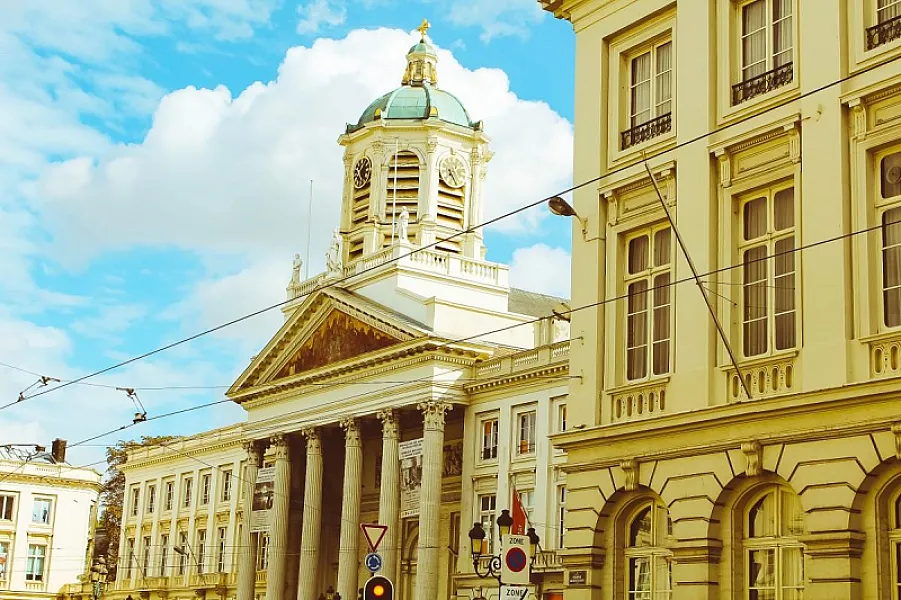
Church of Saint Jacques-sur-Coudenberg
- Saint-Jacques-sur-Coudenberg Cathedral was built between 1776 and 1787.
- It is part of a group of nine neoclassical buildings surrounding Place Royale.
- A direct passageway from the gardens of the royal palace gives the church the unofficial status of "royal parish" In 1831, it was above the steps leading to the church porch that Leopold I pronounced the oath of loyalty to the Belgian Constitution that made him the first King of the Belgians.

Centre for Fine Arts of Brussels

Musical Instrument Museum
- The MIM is one of the world's leading musical instrument museums.
- Founded in 1877, the museum boasts over 8,000 instruments, of which more than 1,200 are on display.
- The museum is home to exceptional instruments, such as the luteal invented by Georges Cloetens and the Componium by Winkel.
- In addition to the permanent exhibition, the museum offers temporary exhibitions, concerts and educational activities for all audiences.
- The museum's library boasts more than 30,000 works specializing in musicology and organology.
- The building, considered one of Brussels' Art Nouveau gems, was built in 1899 to plans by architect Paul Saintenoy. .
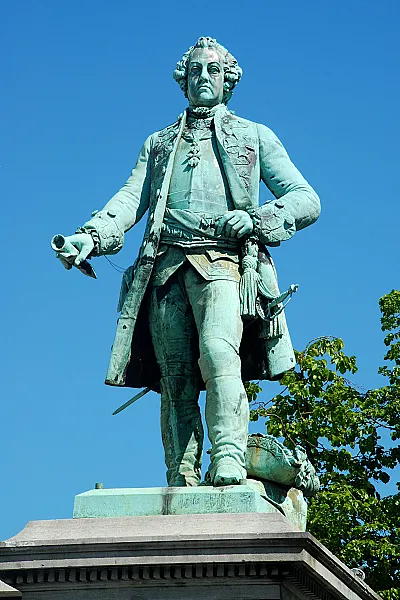
Charles of Lorraine
- Charles Alexandre de Lorraine (1712-1780) served as the Governor General of Austrian Netherlands and was a knight of the Order of the Golden Fleece.
- He was the twelfth child of Leopold I, Duke of Lorraine and Bar, and Élisabeth-Charlotte of Orléans, and the brother of Emperor Francis I.
- He was also the grand master of the Teutonic Order from 1761-1780.
- He married Archduchess Maria Anna of Austria in January 1744, but lost his wife, daughter, and mother within a span of a few days in 1744.
- His reign was known for the progress of the Enlightenment era and economical development, and he was considered one of the most popular governors of the Austrian Netherlands.
Day 3 - Afternoon à Brussels
3 Points of interest - Duration : 2h15 - Distance : 1 km - Walking : 0h12
Tondo circular footbridge
- Tondo is the name of a circular form of painting in vogue during the Renaissance.
- The bridge runs from the second floor of the Maison des parlementaires in the Palais de la Nation to the 1st floor of the Forum.
- This footbridge, inagurated in 2021, enables parliamentarians to move from one building to another without having to go back down the street.

National Bank of Belgium
- The BNB today performs tasks of general interest, both nationally and internationally: A European monetary policy Issuing banknotes since 1851.
- However, coins are minted by the Monnaie Royale Centre d'études et d'information: collection, production, analysis and dissemination of economic and financial information A free museum on the other side of the boulevard explains the various tasks that fall to the National Bank and traces the history of this institution as well as the evolution of means of payment from the first coins to the euro.
- Victor Hugo was a major shareholder in the National Bank of Belgium thanks to the revenues from his novel Les Misérables.
Hotel Ravenstein
- The De Clèves-Ravenstein House is a former aristocratic mansion in Brussels, built in the fifteenth or sixteenth century.
- It is the only surviving mansion from the Burgundian period in Brussels.
- The mansion is built of brick and sandstone in Brabant Gothic style.
- In the years 1923-1925 it housed the avant-garde art studio Le Cabinet Maldoror, with exhibitions of domestic and foreign artists.
- Today it houses the administration and library of the Royal Belgian Film Archive.
Where to sleep in Brussels
Choosing accommodation in Brussels first means deciding what you want to gain on site: less travel time, pleasant walks, or a quiet evening. The important thing is the proximity of the sites you plan to visit — for a three-day stay, staying within a reasonable radius of the main attractions will spare you unnecessary journeys and let you enjoy the streets on foot. A good location strategy turns your days into a series of easy strolls rather than a succession of races against the clock.
The city is organized around several convenient hubs: the historic center (around the Grand Place and the Mont des Arts plateau), the Parc/Place Royale area (home to the Royal Palace and the Royal Park Theatre) and lively neighborhoods like Ixelles or Louise with their shops and cafés. Museums, public offices and monuments are fairly concentrated, which makes Brussels very walkable if you stay in the heart of the city. Thinking in terms of “royal plateau,” “city center” and “lively districts” will help you choose the location that best matches your pace.
To be close to the Monument to General Thys, aim for neighborhoods that offer easy access to major roads and parks; if your priority is the National Bank of Belgium and its administrative surroundings, favor the center/Place Royale to walk to the institutions and the Palace. If you enjoy wandering between independent bookstores like Librairies des Tropismes and neighborhood shops, finding a pied-à‑terre in Ixelles or the Louise area will put you at the heart of the shopping streets and cafés. In short, the choice of neighborhood should reflect your visiting priorities and desired atmosphere.
The metro, tram and bus (STIB) network is dense and reliable: check the proximity of a stop rather than a specific station. Brussels-Central and the stations around the Parc and Louise offer good connections to the train stations and the airport by train or bus. For short trips, consider trams and shared bikes (Villo) which make getting around quick and pleasant — useful if you want to alternate walking and transport.
Don't stress: choose a bright room in a lively neighborhood that's quiet in the evening, close to a tram or metro stop. A central rental gives you the flexibility to explore the Royal Palace, the Royal Park Theatre, the National Bank and the bookstores without wasting time. With a little preparation, you'll be comfortably settled and can fully enjoy Brussels in three days, between museums, cafés and walks.
Getting Around Brussels
Brussels is surprisingly easy to explore: the central network is dense, frequencies are good and signage improves every year. The heart of the city is served by the STIB/MIVB, which runs the metro, trams and buses, meaning that even if you don't speak perfect French or Dutch, you'll always find a simple way to get from point A to point B. Major stations have maps and ticket machines and most stops display next departures in real time 🚇.
A practical tip: get a card or a single ticket before boarding. The system uses MOBIB (rechargeable card), paper tickets sold at machines and mobile or contactless options. A 1-hour ticket usually allows you to change as often as needed on the STIB network within 60 minutes (price ≈ €2.50, check current pricing). For sightseeing, a 24h or 48h pass can be more economical if you plan several trips — buy them at ticket machines or via the official app.
To find your way, Google Maps is your best ally: enter your destination, choose the public transport icon and let the route guide you step by step, with live schedules included. Maps indicate whether you'll need to validate at a validator when boarding a tram or at the metro turnstiles, and show connections. I always use Google Maps to estimate walking times between stops and attractions, then I supplement it with the STIB app to buy a ticket if necessary 🗺️.
To save money, combine walking and transit: the centre is often best discovered on foot and short tram or bus journeys can be avoided. Day passes, multi-trip tickets and sometimes weekend museum offers also help reduce the cost. Remember to validate systematically: a fare inspection without a valid ticket can be expensive. Finally, shared bikes and scooters are handy for cross-neighbourhood distances.
A small anecdote: one afternoon we planned to go from the National Bank of Belgium to the Librairies des Tropismes. I checked Google Maps, took a tram for two stops and validated our ticket when boarding; then a short ten-minute walk brought us to the bookstore, passing a small square full of cafés. Simple, quick and pleasant — the kind of journey that makes Brussels so endearing 💡.
What to bring to Brussels
Brussels, for me, is an open‑air museum: cobblestones, palaces, fortifications and historic cemeteries to explore on foot. In 3 days you can easily spend 10+ hours outside and walk 10–15 km if you want to see everything (Grand‑Place, Mont des Arts, Palais Royal, a castle in the suburbs). Here’s what I always pack — practical, light and field‑tested.
1. Comfortable shoes (MANDATORY) : I learned the hard way after a first day walking 12 km in new shoes — blisters and regret. I favor sneakers with a good sole and wet protection (e.g. New Balance or Gore‑Tex shoes). Why: the streets are often cobbled and uneven, you need stability to climb fortifications and descend the center’s alleys without ending up hobbling.
2. Secure crossbody bag : In Brussels tourist areas and train stations are busy; once someone tried to unzip my bag near Central Station and I avoided the worst by keeping it in front of me. Choose a model with a zip closure and a short (anti‑theft) strap. Why: quick access to your wallet and passport while reducing the risk of pickpockets during a visit to the Manneken Pis or a terrace break.
3. Weather‑appropriate clothing : I always pack layers: T‑shirt, light sweatshirt and a compressible waterproof windbreaker. Brussels changes fast — cool mornings at 8–10 °C, afternoons at 16–18 °C, rain possible. Why: you often spend long periods outside (architecture tours and cemeteries) and it’s better to add/remove a layer than to get chilled.
4. Power adapter (Type E plug, 230 V) : I’ve had a dead phone because the hotel didn’t have the right outlet. A small universal adapter and a USB power strip saved me. Why: hotels, hostels and cafés sometimes have few free sockets — being able to plug in your charger and another device in parallel prevents missing photos of historic facades.
5. Power bank : A 10,000 mAh power bank lasted me 1.5 days with heavy use (photos, maps, e‑tickets). I took hundreds of photos of the Palais Royal and never ran out of battery. Why: between offline maps, transport apps and photos, your phone will drain fast if you’re not careful.
6. Optional — Compact umbrella or poncho : A short 20–30 minute shower once surprised me near the Mont des Arts; a cheap but compact umbrella (≈200 g) kept me from getting soaked. Why: it takes little space and lets you continue the visit without interrupting your day outside.
Enjoy your trip to Brussels!
Here is a 3-day itinerary in Brussels, full of discoveries and emotions: 20 carefully chosen spots to explore the historic city, its monuments and its architecture. From the grandeur of the Monument to General Thys to the elegance of the National Bank of Belgium, through the charming Librairies des Tropismes, everything is here to inspire and guide you.
Remember that this remains a GUIDE, not a strict schedule: leave room for the unexpected. The real magic often happens in unplanned moments — getting lost in an alley, stumbling upon a small café, discovering a plaque or a surprising façade. Don’t try to see everything; take the time to breathe and savor each moment.
You will create unforgettable memories in Brussels. I hope you let yourself be carried by the city’s unique atmosphere, that you laugh, that you taste, that you appreciate the architecture and the cultural scenes. I’m so excited for you and confident you will love every moment!
Want to explore in a playful way? Discover our Coddy walks, gamified routes to make exploring more fun: La Story Nostalgie and Kids Explore: Brussels are perfect for young and old. Try them to add a playful touch to your walks!
Have a great trip! Enjoy, have fun, and don’t hesitate to share your impressions or ask questions before you depart.
Want more adventure?
Discover our urban escape games to transform your visit into an interactive adventure!
